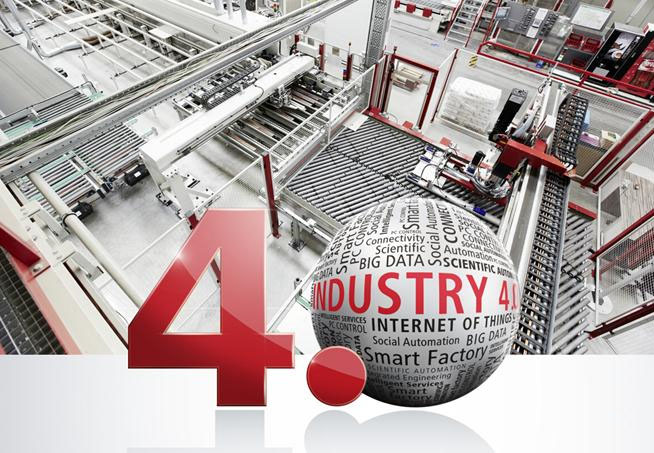In recent years, science and technology have developed rapidly. Among them, industrial networks and mobile computing continue to influence manufacturing and industrial environments. These technologies help global manufacturers and organizations transform visions such as Industry 4.0, Industrial Internet of Things (IIoT) and connected factories into reality. So, what are the differences between the above three concepts?


What is Industry 4.0?
Industry 4.0 is “a collective term for technologies and concepts used by value chain organizations.” This term was first seen in the German government’s high-tech strategic plan for the fourth industrial revolution. It is based on highly interconnected factories within and between factories. Dynamic optimization of production resources. Industry 4.0 aims to improve the intelligence level of the manufacturing industry and introduce the Internet of Things and intelligent services into the manufacturing industry.
What is the Industrial Internet of Things (IIoT)?
Similar to Industry 4.0 and connected factories, IIoT means manufacturers can connect multiple disparate devices, including legacy equipment, and have them “talk” to each other. By collecting, analyzing and leveraging data from new and legacy equipment, manufacturers can improve efficiency and gain a competitive advantage.
What is a connected factory?
The Connected Factory is a vision of a manufacturing environment in which each machine communicates with all other machines and equipment within the factory and at other remote locations. The Connected Factory is designed to connect, monitor and control any piece of equipment virtually anywhere, increasing operational productivity and profitability.
Zongheng Intelligent Control has been focusing on connecting devices and transmitting data for many years, and has built end-to-end professional services in the fields of water conservancy, electricity, meteorology, transportation, industry and other life and municipal construction. In fact, many customers and partners rely on Zongheng Intelligent Control’s industrial IoT communication equipment to meet the requirements of Industry 4.0, IIoT and connected factories:
1. Extend the service life of equipment: enhance the value of original equipment through powerful protocol conversion functions
2. Improve process transparency: Gain insight into equipment status and increase productivity through data logging and communication capabilities
3. Expand control functions to the edge of the network: expand system management through device-side control functions, replacing the original central control room control method
Many manufacturers today are eager to implement Industry 4.0, IIoT and connected factory concepts to achieve benefits such as reduced operating costs and better visibility and control capabilities. However, for most manufacturers, it is neither practical nor cost-effective to build entirely new facilities or “rip everything out and start over.” Therefore, many solutions utilize existing equipment and cleverly deploy components to achieve expanded monitoring and control. When upgrading your facility, set expectations early to ensure a smooth transition and provide the ability to access, monitor, and control information coming from all locations. To begin this transformation process, manufacturers should consider the following three points:
1. Enable communication between devices
2. Rethink operational efficiency and allow more devices to talk to each other
3. Provide a platform that allows devices to communicate securely and seamlessly
The efficiency of Industry 4.0, IIoT and connected factory models is not derived from the sheer number of connections, but from the competitive advantages generated by high-value connections and harmonious dialogue between equipment and people, independent of operators, control systems and software applications. Seamless communications, coupled with practical networking options and support for native features and protocols, provide extraordinary value for extracting data from industrial equipment. These capabilities take automation and remote management to a new level, making vision a reality. Manufacturers use specially designed support components to precisely integrate all facilities into a unified network to achieve connectivity, monitoring and control functions, thereby greatly improving productivity and operational efficiency and better meeting future challenges.